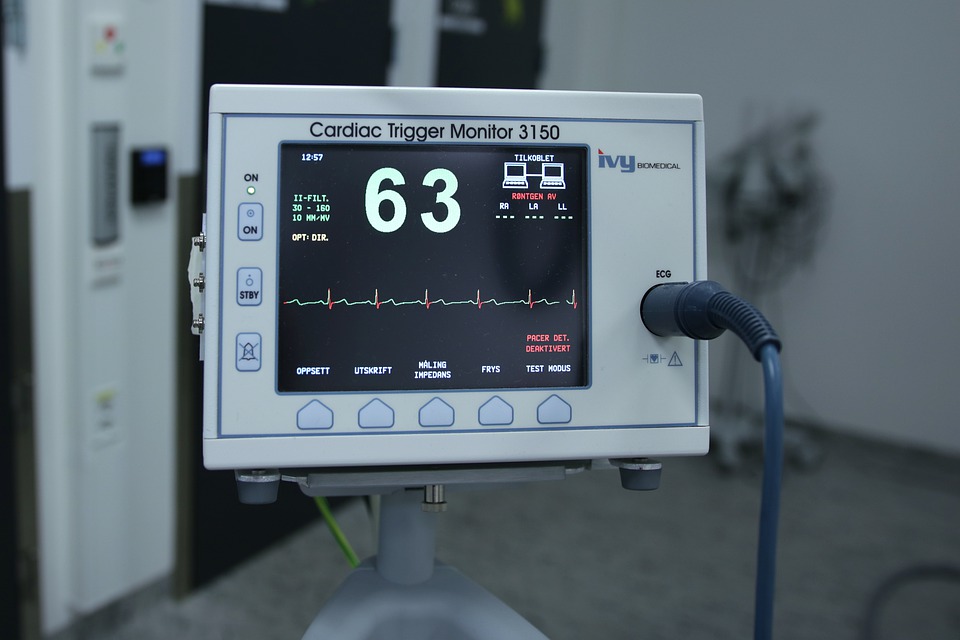The Continuous Progress of Health Care Equipment
Healthcare is a very old profession. From the earliest years of civilization, there have been people who stepped up and attempted to help the sick with their conditions. Their level of education and qualification was not always impressive, but they were seeking to do the same things that physicians do today.

Apart from the qualifications of the practitioners themselves, one area that has seen incredible growth has been the machinery used by caregivers to diagnose and treat conditions. Indeed, it wasn’t that long ago that a doctor would show up at the patient’s home with little more than a stethoscope and a reflex hammer.
Today, there are dozens of pieces of equipment in use at doctor’s offices, hospitals, clinics, and other medical facilities, and they are engaged in a nonstop march toward ever-better performance and providing an even higher level of information to doctors.
Perhaps the most powerful force driving this continuous improvement is market competition. As soon as one brand of ECG Machine designers develop a new feature, others follow suit and begin to look for ways to leapfrog the competition themselves. The endless need for healthcare ensures that these companies have a large potential market, so they are able to invest aggressively in research and development that provides more and more features, reliability, and accuracy to their instruments.
Of course, it’s not all about private profitability. Medical research is constantly developing new fields of treatment and diagnosis, and the resulting need for instruments to carry out those processes helps drive the development of new equipment. Once the technology is needed, researchers develop it, and then it hits private industry to start down the path toward the market–and the bedside of a patient.
The overall growth of the digital world is playing into this arena as well. Today, a doctor in any location with internet access can have a video conference with another wired doctor anywhere else in the world to consult about a diagnosis, patient care, or other factors. The two can exchange everything from lab results to radiography images, making the interaction almost the same as a personal visit to the specialist.
When those connections happen, the machines must be able to interface. Consequently, it was a major step forward when medical machines began creating digital images and reports that could be efficiently transmitted elsewhere. Soon radiologists could read x-rays from hundreds of miles away, obstetricians could view the real-time progression of labor, and oncologists could watch a patient’s progression through cancer treatment while working at another hospital.
The result has been an entire field of care known as telemedicine, and its impacts have been far-reaching. Now distance is a much smaller factor in a patient’s ability to get specialized care, creating less difficulty and expense for them and their families, and making it possible for the sickest patients to get the care they otherwise could not have safely traveled to get.
Medical care is in a continuous march toward better patient outcomes. And even though that rise has been most obvious in the last few decades, it is really the culmination of a pursuit of better health that is as old as civilization itself. Functioning hand-in-hand with dedicated practitioners are countless instruments and machines that have their own critical role to play in determining what type of problem a patient has, administering treatment for that issue, and monitoring the patient’s progress along the way–even from hundreds or thousands of miles away.


